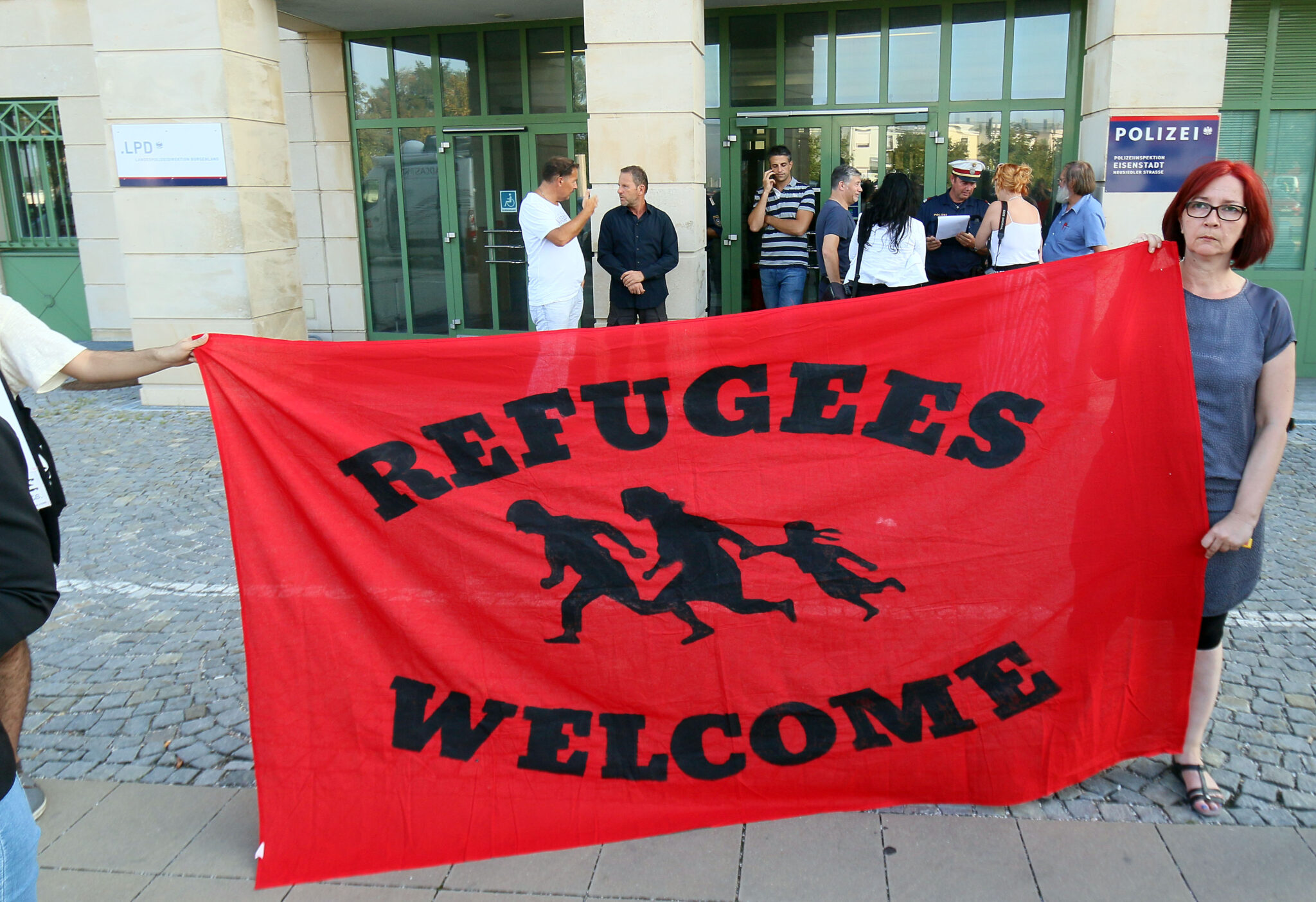Teachers are quitting schools in Vienna in droves, with up to 20 teachers quitting per day due to the extremely stressful environments featuring mostly migrant children, many of whom do not speak German or very little German.
According to a study by the Austrian Statistical Office, around 70 percent of school-age children in Vienna do not speak German in their everyday life. Now, the rise of mass immigration has created growing problems in the Austrian school system, with the Vienna school system threatening to collapse.
Austrian politicians were more or less backing German Chancellor Angela Merkel’s idealistic approach to mass immigration from Muslim countries during the first big wave of migration in 2015. Now, Austrian schools are no longer able to cope with the problem they have been entrusted with because integration is still not a compulsory subject for immigrants.
According to teachers’ union member Thomas Krebs, teachers are fleeing Vienna’s compulsory schools “in droves.” However, the Vienna state government does not offer any useful ideas on how to deal with the increasing influx of students.
“On one peak day, I even received 20 reports of staff terminating (their contract) for the coming school year,” he stated.
Krebs notes the resignation wave is down to the Vienna state government failing to require sufficient German language skills when entering school and failure to take action against violence, extremism, and misogyny.
One of the biggest problems is simply the volume of migrants, and family reunification, which has seen a virtually unlimited flow of migrants into the capital city. He states that in order to save Vienna’s compulsory schools, “everyone who wants a place in a school must have German language skills; sanctions for violent and extremist students; a suspension of family reunification; and zero tolerance for misogyny, homophobia and anti-Semitism.”
In addition, state authorities need to offer security to teachers and ensure that the state sends a. message that inclusion does not come at any price.
In many schools, the situation is dire. Evelyn Kometter, chairwoman of the umbrella organization of parents’ associations across Austria, notes, “The teacher has to repeat a sentence 10 to 12 times until it is finally understood. But by then, two-thirds of the lesson is already over.”
In her role, Kometter is facing a never-ending deluge of parents complaining about the situations in their classrooms. “For example, there is a mother whose son is in a class with 22 students — only three of whom can speak German.” The result is pure chaos. “The teacher is not taken seriously and is not understood.”
The government’s response is not to improve the situation between teachers and students, but instead race to make space for more newcomers. Krebs states that all green space is being paved over, the government is building container classrooms, and huge school extensions are being constructed. However, there is no government concept beyond this.
“They can think of nothing better to do than to plow up the last green spaces and sports facilities for schools with excavators and construction equipment and to pave them over with containers and huge extensions without any real plan,” said Krebs.
The FPÖ is the only party raising the alarm
Austria’s most popular party, according to polling, the Austrian Freedom Party (FPÖ), is also sounding the alarm, stating that the unchecked consequences of the past decade’s uncontrolled immigration are now “palpable in schools.” Now, asylum seekers are adding 300 new students a month to Vienna’s schools, children who do not meet any of the prerequisites for school attendance, including language skills.
Population charts show that the younger cohort features a far higher number of foreign nationals. There are almost 900,000 school-age children in Austria, of whom more than 20 percent do not have Austrian citizenship. Many of those who do have Austrian citizenship are not ethnic Austrians but have a migration background.
Vienna leads significantly with 39 percent, or nearly 80,000 children, who do not have Austrian citizenship, followed by Salzburg in the capital region. Urban areas have far higher numbers of foreigners.
The data shows that in five districts of Vienna, the proportion of third-country children aged between 6 and 15 exceeds 30 percent. Some districts, such as Brigittenau, Favoriten, and Ottakring, have rates above 40 percent, while Rudolfsheim-Fünfhaus and Margareten have rates exceeding 50 percent.
The FPÖ notes that “according to a study by the Austrian Statistical Office, around 70 percent of school-age children in Vienna do not speak German in everyday life. One-third of children starting school in Vienna lack adequate German language skills to follow the lessons, even though two-thirds of these children were born in Austria. This language gap not only poses a challenge for the children but also creates considerable difficulties for both parents and teachers.”
“Those who do not speak German should not be allowed to attend school,” stated Hermann Brückl, the party’s education spokesman. He noted that language learning was not a problem for previous waves of refugees from Hungary, Czechoslovakia, Poland, or Yugoslavia, nor is it a problem for Ukrainian refugee children.
The issue, he said, has only now become glaringly apparent with immigration from Islamic countries.
The party also highlights that the cultural difference is reflected in the “growing problem of violence in schools. Eight out of 10 reported school crimes in Austria occur in Vienna, with 90 percent of these incidents committed by immigrant children.”
The FPO has drafted a nine-point plan to address the problem, but, as Brückl pointed out, the ruling parties only show interest in such proposals during campaign periods or when they have to “copy and paste” someone else’s work.
Austria is far from the only Western country facing a crashing school system due to mass immigration, with Germany’s school system facing an acute crisis, including rising violence and tens of thousands of students who do not speak any German. Liberal parents in France are also racing to take their children out of schools with heavy immigrant populations, with private schools growing in number. In some of the most liberal cities in the world, segregation is the norm. New York City, for instance, is notorious for having the most segregated school system in the United States, with White and Asian parents desperate to keep their children out of schools with large populations of Hispanic and Black people. In other liberal cities, such as Los Angeles, segregation is actually “worsening,” with the same trends seen in New York occurring there as well.






